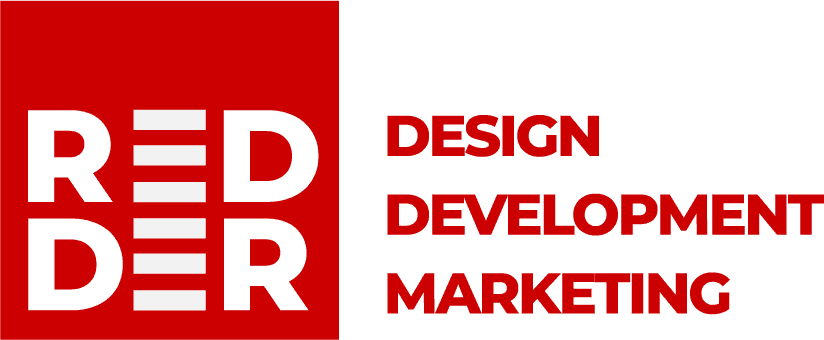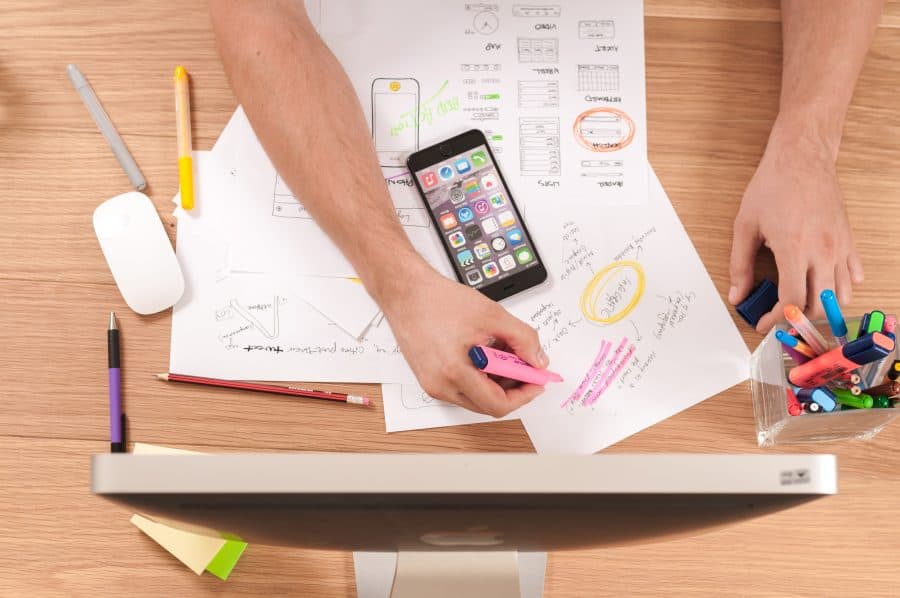Bit of design history.
The invention of printing with movable metal type by Johannes Gutenberg in fifteenth century Europe started a revolution in communication. Prior to this in Europe, texts and books had been painstakingly copied by hand by scribes whose design was driven by the process of hand decoration, and books were thus so valuable and rare that it didn’t matter that few people were literate. There was precious little for them to read.
The revolution of printing was world-changing, but man it was slow. The technology to reproduce texts and make books was an advance on the hand-written and embellished, but it was still very manual and long-winded, so printed material remained high in value for centuries. Literacy rates in Europe were also slow to grow, so demand remained low.
As technology developed from movable metal type and woodcuts to techniques of mezzotint, aquatint and lithography, printing became a more efficient process, printed material was cheaper and more widely available, and the rates of literacy started to rise to meet it.
By the late nineteenth century, the walls of London looked like this:

Technology had driven printed material to such ubiquity that it started to be hard to determine information from any of the posters on the wall.
Over the last century, the world has undergone radical changes in the way we live, work and socialise. The huge rise in consumerism and communication has gone hand in hand with new and even faster changes and advances in technology. Along with this has gone another rise in the ubiquity of electronics, as computers have been developed and advanced to revolutionise the world. They were quickly adopted by industry, and then home users. Then came the internet. Billions of websites later, here we are again, with the digital equivalent of the Victorian poster wall.
So, what do we use to combat this white noise?
Our weapon of choice? Great design. Over the last three decades, another revolution has been taking place in the design of what we buy and use. Fashion used to be limited to clothing and expensive possessions. Utility governed the everyday item, so little attention was lavished on the design of cheap furniture or kitchen utensils. All that mattered is that it did the job.
Now fashion and design have extended to almost every part of our lives, and design determines everything from our choices of furniture and phone to the shop in which we choose to buy them. It evokes emotional responses in us and creates connections between us. It allies us with other consumers in a sense of belonging to a club, and by doing so it engenders loyalty. It lifts what we do above that of our competition and creates a space for it to be seen among all the noise.
So what does all this mean for you and your business?
Presentation is the key to success
There is a theory that says that your customers don’t buy what you do; they buy why you do it. They buy into your vision and they join you in your mission. I think there’s a lot of truth in that. But the reason they buy into your vision is the way you present it. You could have the most amazing, world beating ideas and products, but if they don’t inspire people in their design, and you don’t appeal to them visually, they will walk right by. It’s like having amazing products on display in a dark, grey, dingy shop.
Birds of a feather
Think about your business and how it’s presented to the world. Is it coherent and consistent? Are your products, marketing and brand all recognisable as being from the same stable? Does your company’s material evoke the reactions you’d like in your customers?
Simplify complexity
Design should also help people. It shouldn’t get in the way. While it’s good to make stuff pretty, the core purpose of design is to help. Help the user of the item to glean whatever you are trying to convey, be it information, action or utility. Guide them to see and use your products in the way you intend them to be consumed. We can be annoyed or irritated by simple processes that seem too clunky, and delighted by other processes that seem to make conceptually difficult tasks easy.
Emotional connections
And that’s just it. When we have experiences, however trivial, emotional responses are triggered within us. We often don’t register it consciously, but we are attracted to some items and experiences and turned off by others. Remember that time you signed up for something and it seemed to go on forever? How about that time you signed up for something and it was dead easy? Which one made you happier and more positive? Which one would you recommend to your friends? And which to your enemies..?
Make it so
Your mission is to create those items and experiences that people enjoy and appreciate. Design is key to this, not just in presentation but in the creation of the experience a customer will have with your product or information. Get it wrong, and you could annoy people, create frustration or simply be passed by altogether. Get it right, and you can have success, make friends and influence people.






